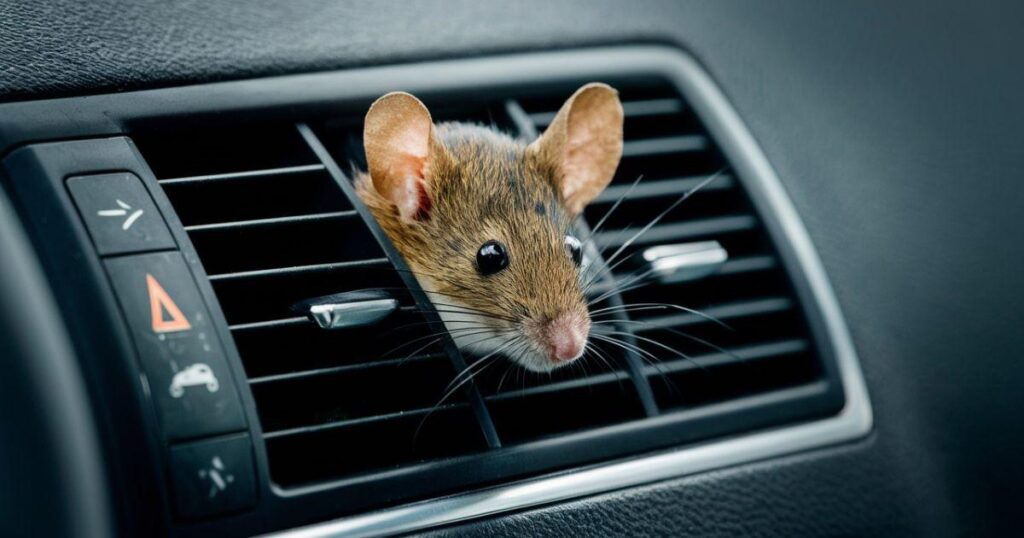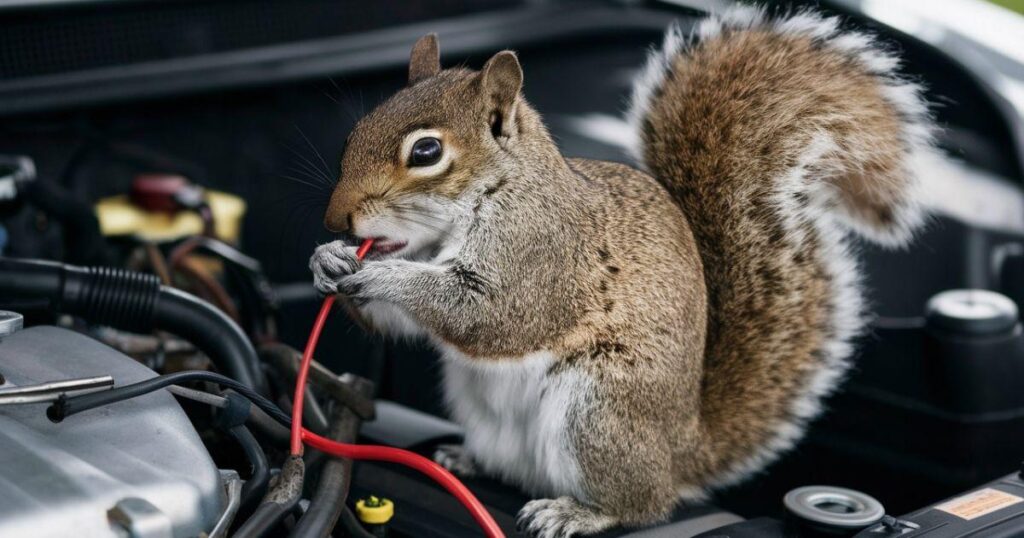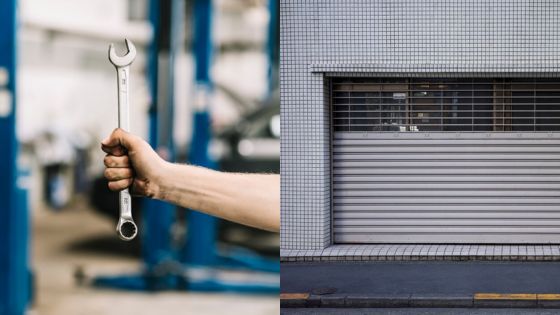Wildlife damage to cars can be frustrating and costly for many vehicle owners, especially in areas where wildlife is prevalent. Animals like deer, raccoons, and squirrels frequently cross roads or forage near roadside vegetation, leading to potential collisions or property damage. Minimizing these risks can help protect your vehicle and save you from expensive repairs.
Encounters with wildlife can lead to dents, scratches, and more severe structural damage. You might face repair costs and increased insurance premiums. Awareness and preventive measures, such as driving cautiously during dusk and dawn, when animals are most active, are essential for safeguarding your vehicle.
In addition to driving tips, considering wildlife fencing and avoiding distractions while driving can significantly reduce the chances of wildlife-related accidents. Staying informed and prepared can significantly affect your car’s condition and overall safety on the road.
Understanding Wildlife Damage to Cars
Wildlife can pose a significant risk to your vehicle. Different species may cause various damage, resulting in costly repairs and safety issues.
Types of Wildlife That Cause Damage
Several animals are known to cause damage to cars, primarily due to their behavior and interaction with vehicles. Common culprits include:
- Deer: Collisions can cause extensive front-end damage.
- Raccoons: Known for rummaging through vehicles, they may damage wiring or components.
- Squirrels: These animals can chew on wires, leading to electrical issues.
- Birds: They may leave droppings that can corrode paint.
- Rodents: These animals can build nests in engines, causing overheating or fire hazards.
Understanding which species are prevalent in your area can help you anticipate and mitigate potential wildlife damage to cars.
Common Forms of Damage Incurred
Damage from wildlife to your vehicle can manifest in several ways. Some of the most common forms include:
- Body Damage: Collisions with animals like deer often result in significant dents, scratches, and structural damage.
- Electrical System Damage: Raccoons or squirrels can chew wires, causing failures in lighting, ignition, or other electrical systems.
- Engine Blockage: Rodents nesting under the hood can obstruct airflow and cause overheating.
- Paint Damage: Bird droppings can etch paint and require costly detailing or repainting.
Awareness of these potential damages allows you to take precautions, ultimately protecting your vehicle from the costs of wildlife interactions.
Identifying Signs of Animal Interference

Recognizing signs of wildlife damage to your vehicle is crucial to prevent further issues and costly repairs. By staying alert to specific visual and sensory indicators, you can take timely action and seek wildlife removal in McKinney to address the problem effectively.
Visual Indicators on Your Vehicle
Inspect your vehicle for scratches and dents, particularly on the hood, sides, and undercarriage. Wildlife, such as deer or raccoons, may leave telltale marks when attempting to cross your path or rummage for food.
Look for fur or feather remnants stuck to the exterior, especially around grills and bumpers. Small bits of debris, like leaves or twigs, can suggest an animal has taken shelter near or inside your vehicle.
Pay attention to your vehicle’s undercarriage; you may spot signs of chewing or gnawing, particularly if rodents have nested in your car. If your paint has peeling areas or discoloration, this could indicate damage from animal saliva or urine.
Audible and Smell-Based Clues
Listen for unusual sounds when starting or driving your vehicle. Scratching, chirping, or rustling noises can signal that an animal is trapped or has settled within the engine compartment or other areas.
Additionally, a distinct odor could point to wildlife interference. A strong, musky smell might indicate that an animal has nested or died within your vehicle, necessitating immediate action.
Checking for these clues regularly can prevent more significant issues later. Always act promptly if you detect any signs of animal interference.
Strategies for Protecting Vehicles

Protecting your vehicle from wildlife damage requires a combination of practical measures and technological advancements. Implementing these strategies can safeguard your vehicle, reduce costly repairs, and ensure your safety on the road.
Preventive Measures and Best Practices
Begin by parking your car in well-lit areas. This deters wildlife that may be curious or seeking shelter.
Regularly inspect your vehicle for openings that can attract animals. Pay special attention to areas where wires are exposed. Cover these with protective sheathing to prevent rodent damage.
Storing food items securely in your vehicle will also reduce wildlife attraction. They are often drawn to the smell of food, leading to unwanted visits.
Additionally, keeping your vehicle clean and free of food residues can significantly deter animals in areas like McKinney, where encounters are common.
Consider using physical barriers, such as garage doors or car covers, to protect against potential animal intrusions.
However, if your vicinity is brimming with misplaced wildlife, DIY protective measures may no longer keep your car or your property safe from damage and invasion. If your situation reaches this point, it’s time to call the pros. Contact the licensed wildlife trappers and removers of Ancon Wildlife Services to remove the unwanted wildlife from your vicinity safely and protect your vehicle.
Technological Solutions and Repellents
Explore technological solutions like ultrasonic repellents. These devices emit high-frequency sounds that deter wildlife without harming them or your vehicle.
Motion-activated lights can also be effective. They startle animals and can discourage them from approaching your car.
For further protection, consider using scent-based repellents to mask smells that attract wildlife. Products containing natural ingredients are often safe and effective for this purpose.
Integrating these methods into your routine can minimize the risk of wildlife damage. Contacting a professional service can provide tailored solutions if you’re facing recurring issues.
Critter Stop has a fantastic reputation and online customer reviews because it provides high-quality work and great customer service. Call Critter Stop at (214) 234-2616 for a free inspection to address wildlife concerns.
- 0shares
- Facebook0
- Pinterest0
- Twitter0



